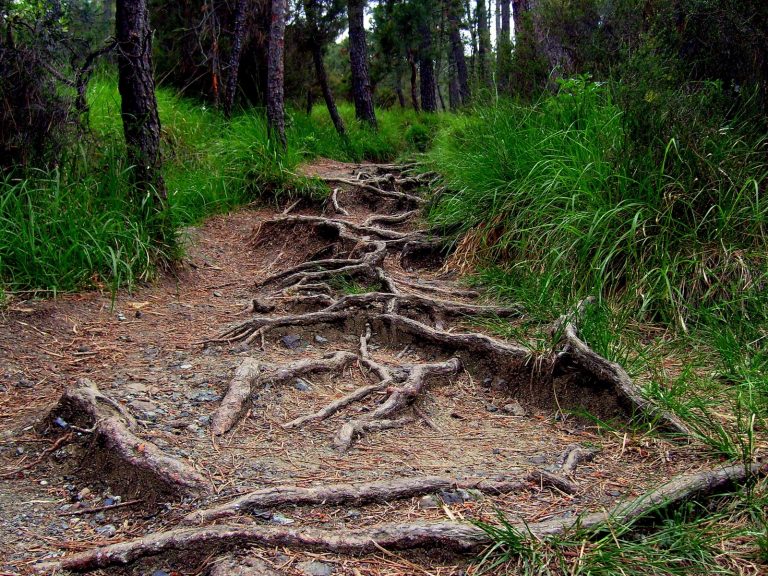
They are not the tallest or longest bridges in the world. In fact, they are a series of river crossings consisting of tree roots. These are real tree bridges that rise above rivers and ravines in Meghalaya in northeastern India.
They connect villages and allow farmers to reach cultivated land.
What Are Tree Bridges?
These structures, still little studied, consist in the aerial roots of the elastic Ficus, or rubber tree, which can extend up to 50 meters and survive for hundreds of years.
They are incredibly strong roots and their strength increases over time. This is due to the fact that as the trees grow, they anchor more and more to the ground.
Living bridges are a natural engineering marvel. They are interesting because they could help our cities adapt to the rising temperatures associated with the climate crisis. Some researchers have mapped 74 living bridges in the area, in order to explain how they are formed and maintained over time. To do so, they exploited the knowledge of residents, took thousands of photographs and made numerous three-dimensional models.
Unlike bridges made of wood or bamboo, living bridges resist rain and wind and do not rot. This is particularly important in a very humid region. Living bridges also last much longer than steel structures, which rust and spoil quickly due to the wet climate. Living root bridges have these characteristics thanks to a process of “regenerative architecture” made of the continuous alternation of growth, decay and regrowth.
The Creation of Living Bridges
However, this is not a natural process. The bridges are built and maintained by individuals, families and communities of the indigenous Khasi and Jaintia people. The construction process is similar among the various communities, although it differs slightly depending on local traditions and the type of bridge to build.
The builders begin by planting a small plant on each bank of the river or along the edges of a ravine. When the aerial roots sprout, they wrap them around a bamboo structure or palm stems. In this way they can direct them towards the opposite bank. When they reach the other side, then, they plant them in the ground. The plant then produces more aerial roots, which can also fuse with each other. As a result, the structure becomes increasingly complex and solid, stable and load bearing.ù
It can take decades to complete a bridge. Most bridges reach a height of 20 metres and are so stable that 2000 people can cross them every day. Others, on the other hand, can reach longer lengths, making them difficult to travel and scary.




